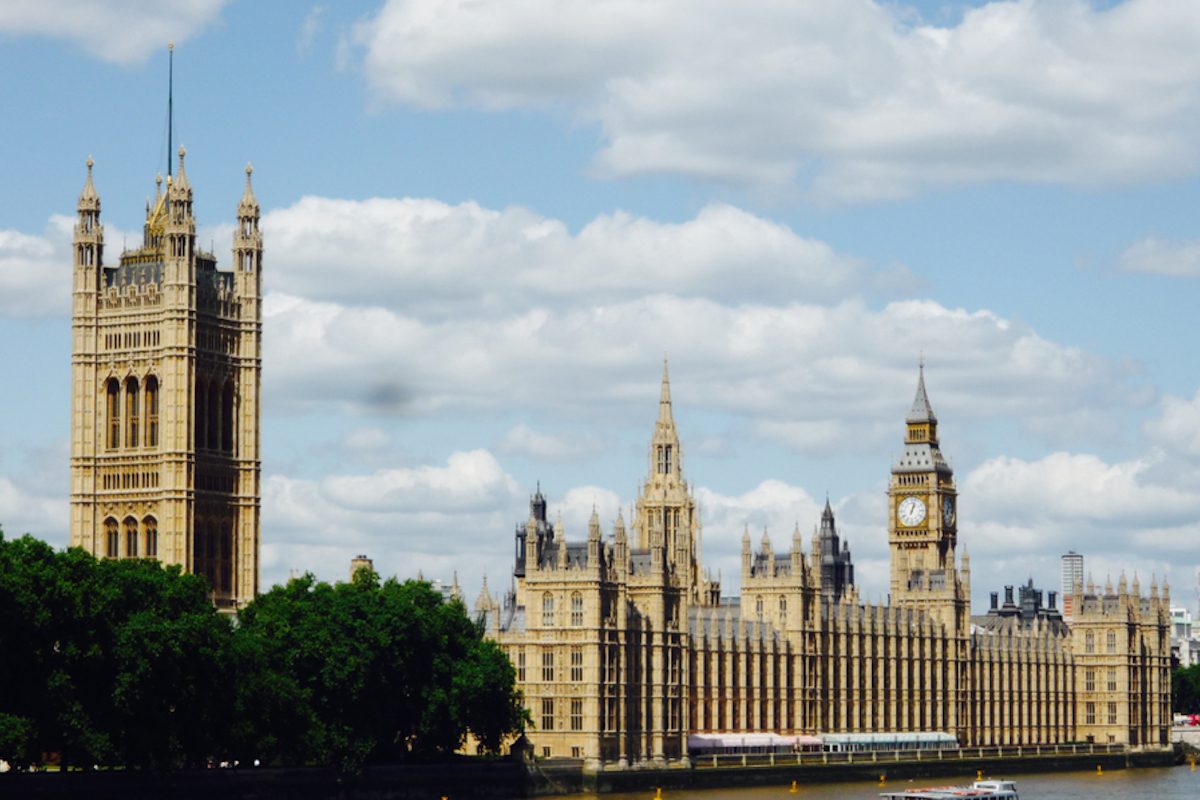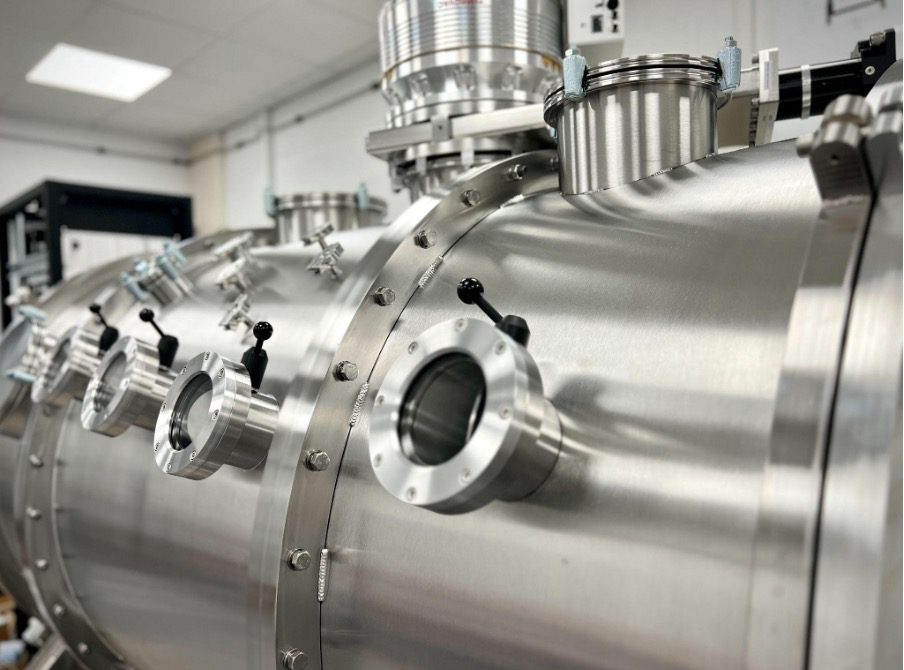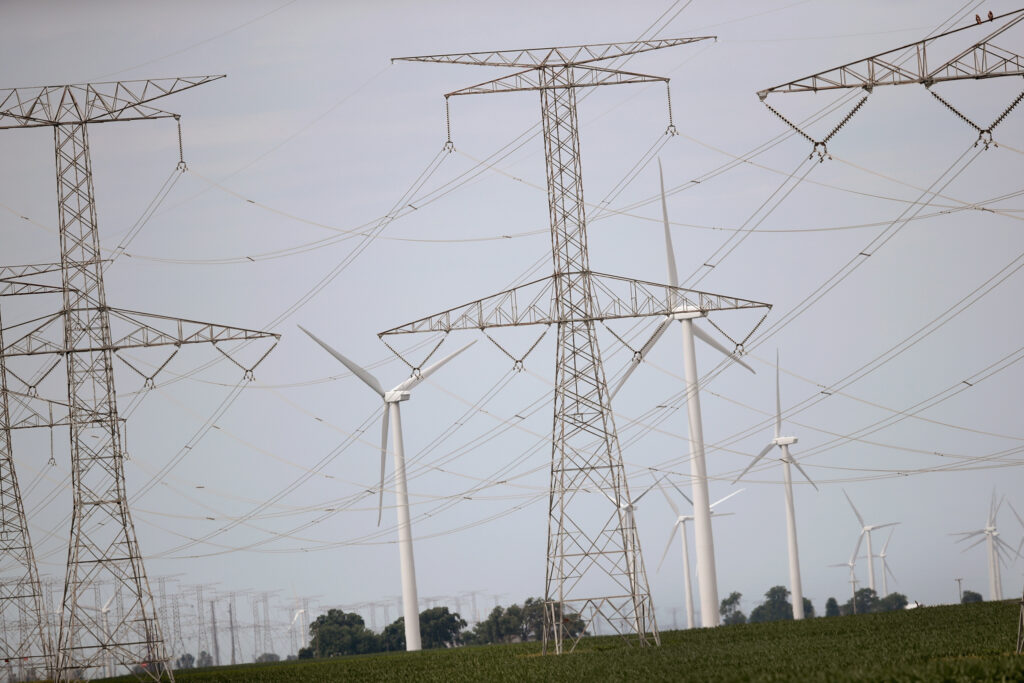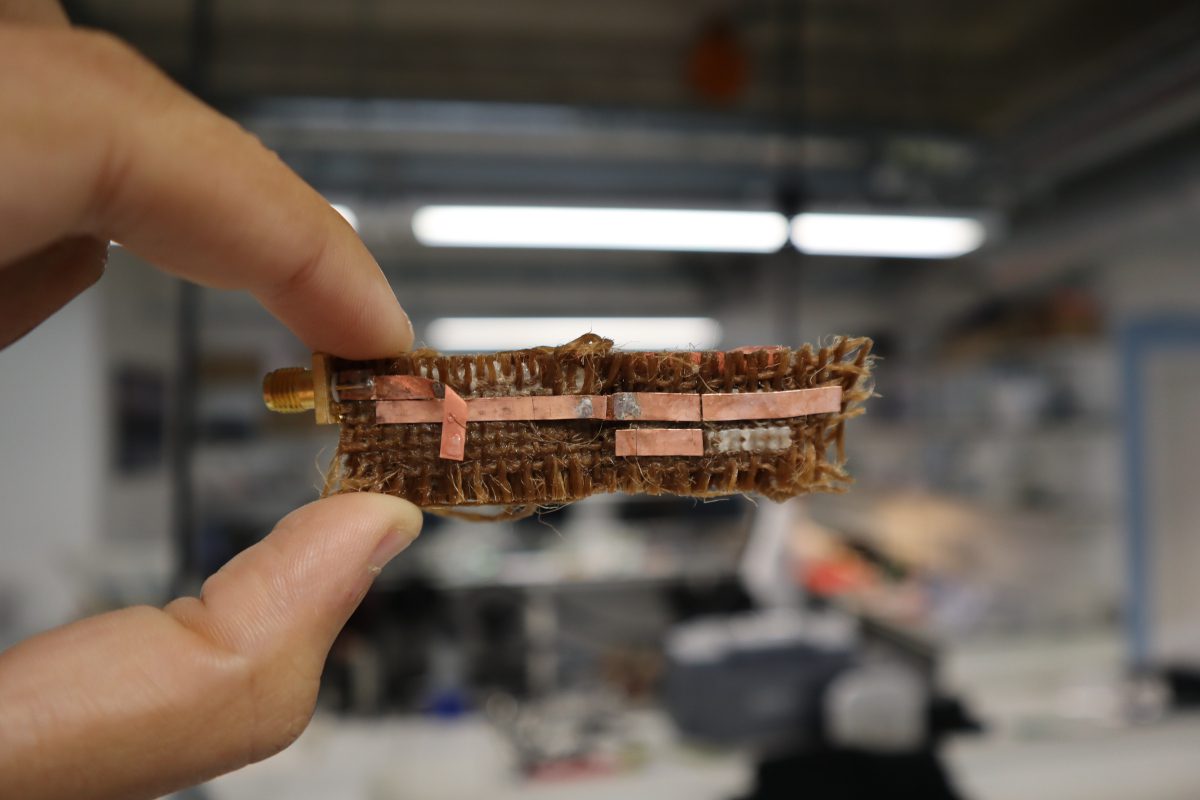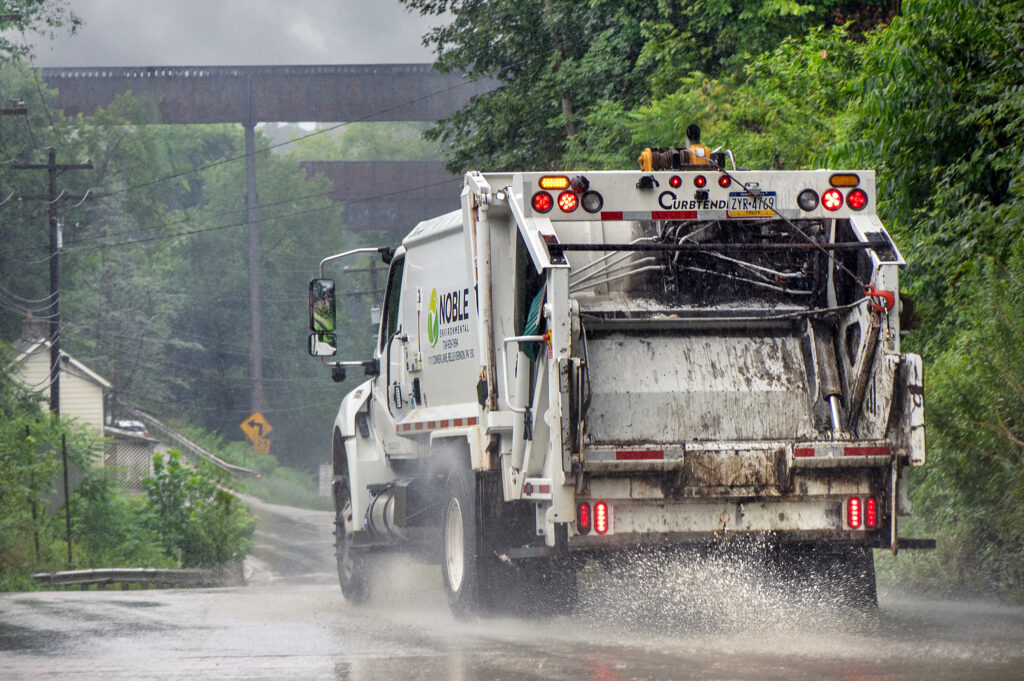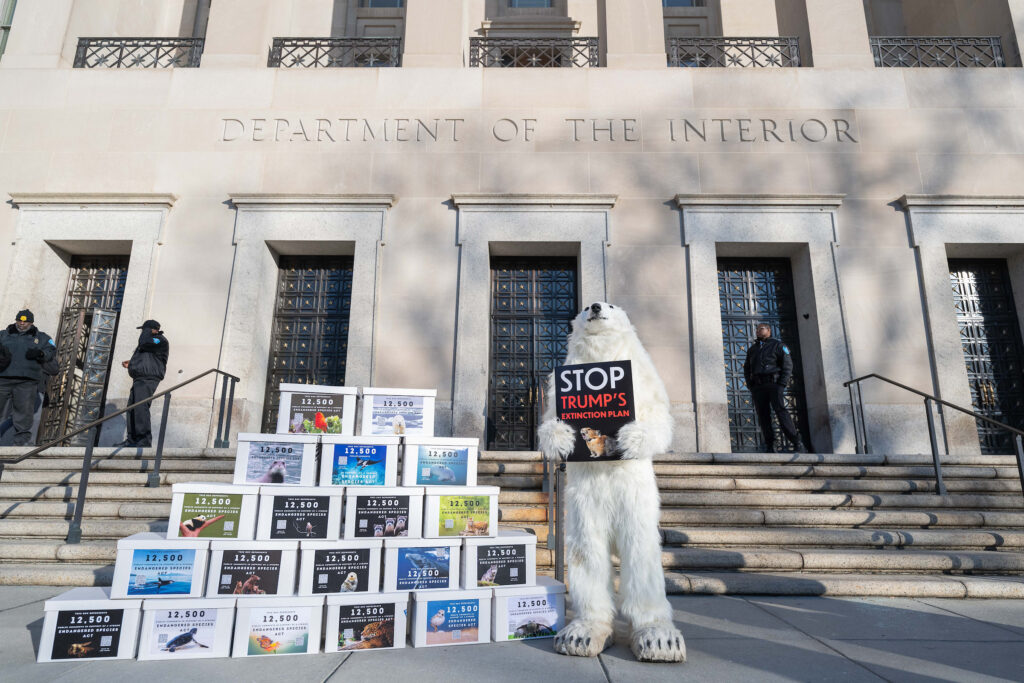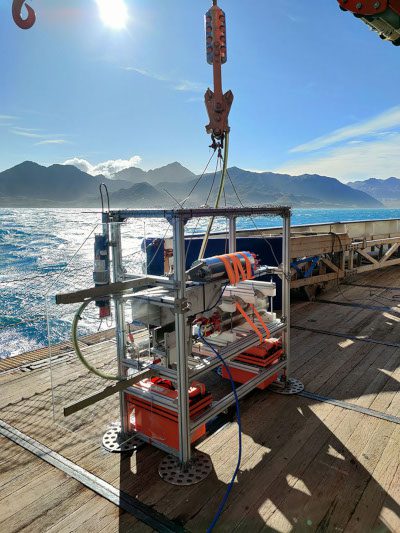
Enormous amounts of methane are trapped in the ocean floor worldwide. The Alfred Wegener Institute Helmholtz Center for Polar and Marine Research (AWI) is using an underwater mass spectrometer (UWMS) to investigate methane sources. With its measurement accuracy and speed, the system makes a significant contribution to data stability and user-friendliness, writes German measurement and sensor technology firm Inficon.
Methane is a harmful greenhouse gas. Due to tipping point effects, such as the decomposition of gas hydrates in oceans, it is increasingly released into the atmosphere. In aquatic systems for example, methane can reach the surface through cracks in the sediments. Another submarine source of methane is the microbial decomposition of organic material in lower sediment layers. As a result of climate change, the marine sediments are warming and releasing the greenhouse gas. The key question is: how much methane is released into the atmosphere and accelerates global warming?
Localizing methane leaks
The in-situ use of an underwater mass spectrometer is suitable for localizing submarine sources. The main advantages are the short response time at elevated concentrations and the up to 750 times higher measurement rate of dissolved gas concentrations compared to other methods. The higher the data density, the more accurate the mapping of methane sources.
The UWMS consists of a membrane inlet system for sampling and a sensor unit in which the water-soluble gases and light hydrocarbons are measured. The core of the sensor is a mass spectrometer. Research groups relying upon the Transpector® CPM for research include the Alfred Wegener Institute Helmholtz Centre for Polar and Marine Research (AWI). With its accuracy and speed, the INFICON system makes a significant contribution to data stability and user-friendliness, says Inficon.
Expedition in the South Atlantic
In December 2022 the research vessel Polarstern explored methane sources in the South Atlantic using an underwater mass spectrometer. On board: scientist Dr. Torben Gentz who has been involved in the UWMS project in the Marine Geochemistry Department at the AWI since 2005. Today’s system has little to do with the original device. For example, the control system and the vacuum pumps are new. “But the only remaining component is the Transpector® CPM from INFICON,” says Gentz.
According to Dr. Torben Gentz, the proportion of methane that reaches the atmosphere is crucial for research. The denser the outgassing points on the water surface and the less the water column above them is layered with different water masses, the more methane penetrates to the surface. The collection and processing of the data is fundamental, as it feeds into the Assessment Report of the Intergovernmental Panel on Climate Change (IPCC). Ultimately, reliable measurement methods are needed to determine the role of the oceans in the global climate system.
Other applications: semiconductor production
The Transpector Compact Process Monitor (CPM) systems are also used in semiconductor production, for process monitoring and control as well as contamination monitoring. And they are also used in chemistry, material analysis and physics. The advantage of the closed ion source comes into its own [in some of these areas], suggests the group, as it can be used to ionize directly at process vacuum (process pressure) or at a much higher pressure than with an open ion source. A differential pump system, as installed in the CPM, is a prerequisite. This can be supplemented by a variable, switchable inlet system which can be used to cover a wide analysis pressure range from atmosphere to high vacuum.
Certain applications – such as the AWI – also take advantage of the closed ion source. Here, the process gas is ionized at a higher pressure than with an open ion source. A higher ion yield is achieved – a higher number of charged particles, which can be separated in the quadrupole according to their mass-to-charge ratio and displayed. “The result is a much more precise and detailed statement for further processing in research or process control,” said Steffen Tippmann.







